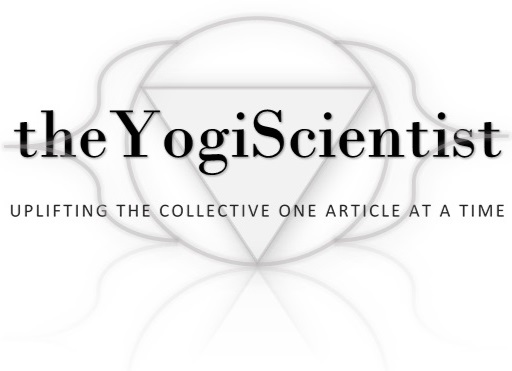Operating within the flow state
Csikszentmihalyi’s contemporary theory of flow, is defined as “intense experiential involvement in moment-to-moment activity” (Csikszentmihalyi, 2014b, p.15). A little different than what the modern-day community dubs as ‘mindfulness’, flow states of consciousness involve deep absorption during the passionate pursuit of an autotelic activity. An autotelic activity can be defined as an activity we do for its own sake of experience, rather than with the expectation of future benefit.
Many of us understand this state as being completely ‘in the zone’ while performing an activity that we are passionate about for the sake of experiencing it. Writers, artists, performers, and athletes are often toted to be in flow states when they produce their best work. However, if the motivations are extrinsic, meaning your motivation to succeed in said activity is controlled externally, it is short-lived. The aim is to engage in the conscious action or activity with intrinsic motivations- when you are doing something not out of future reward, but because you love doing it.
Like many psychological theories, this flow state is experiential and subjective in nature, thus it is difficult to measure without implicit bias and incorrect correlation of data. In a publication by Ria Cheruvu on The Neuroscience of Flow (Cheruvu, 2018, p.21), Cheruvu states, “Neuroimaging studies demonstrate that the neural correlates of experimentally induced flow experiences might not be similar across multiple autotelic activities. Consequently, it appears that while overall deactivation of certain regions of the frontal cortex could be characterized as a neural correlate of flow, the specific regions of the brain that are deactivated are not consistent across multiple autotelic activities and environments. For example, flow experienced through participation in tasks such as gaming might require different attentional processes, more vigilance, and rapid decision making (Yoshida et al., 2014) compared to flow in activities such as musical improvisation, which requires the use of spontaneous artistic creativity (Limb and Braun, 2008).”
To make the distinction, below, I speak of these differences in flow state that can be likened to my experience as the practitioner during a class as compared to instructing a class.


